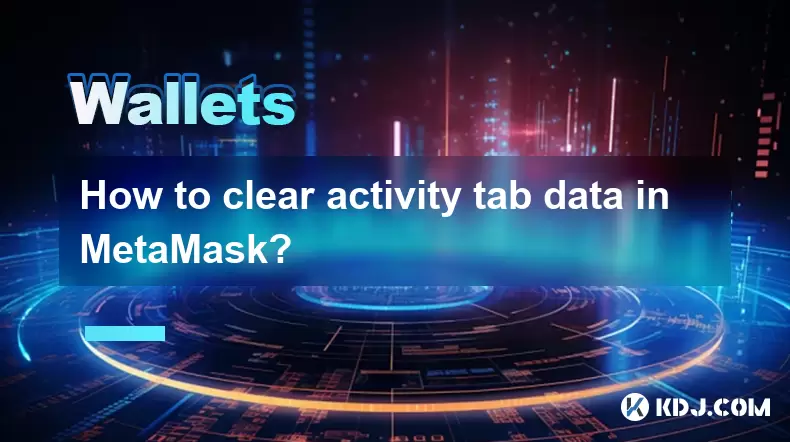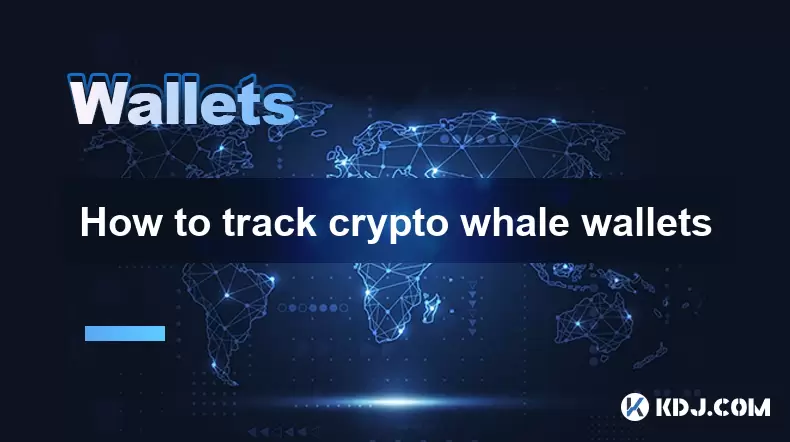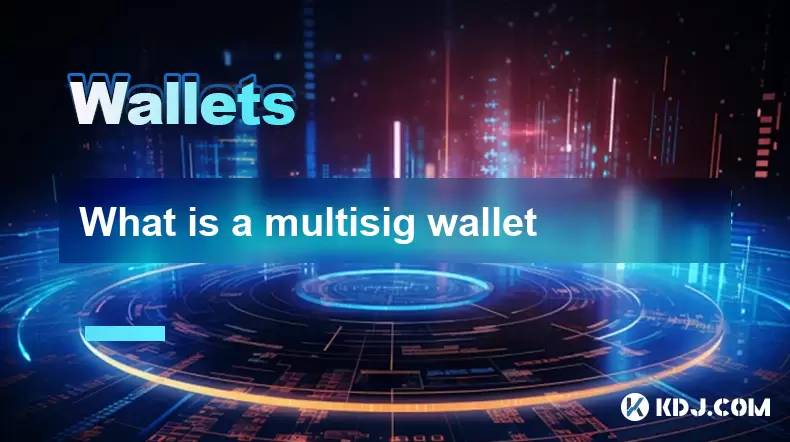-
 Bitcoin
Bitcoin $118,209.3536
1.16% -
 Ethereum
Ethereum $3,151.7546
5.98% -
 XRP
XRP $2.9277
2.35% -
 Tether USDt
Tether USDt $1.0000
0.00% -
 BNB
BNB $689.7099
1.26% -
 Solana
Solana $163.4270
1.91% -
 USDC
USDC $1.0000
0.02% -
 Dogecoin
Dogecoin $0.1983
3.74% -
 TRON
TRON $0.3008
0.51% -
 Cardano
Cardano $0.7435
2.86% -
 Hyperliquid
Hyperliquid $47.6547
-0.48% -
 Stellar
Stellar $0.4625
2.79% -
 Sui
Sui $3.9921
2.71% -
 Chainlink
Chainlink $16.0608
4.23% -
 Hedera
Hedera $0.2348
1.56% -
 Bitcoin Cash
Bitcoin Cash $496.6985
1.25% -
 Avalanche
Avalanche $21.9038
5.41% -
 UNUS SED LEO
UNUS SED LEO $8.8356
-1.88% -
 Shiba Inu
Shiba Inu $0.0...01364
5.31% -
 Toncoin
Toncoin $3.1102
4.35% -
 Litecoin
Litecoin $95.9756
3.59% -
 Polkadot
Polkadot $4.0925
5.78% -
 Monero
Monero $333.7622
-1.44% -
 Uniswap
Uniswap $9.1968
2.25% -
 Bitget Token
Bitget Token $4.6378
6.23% -
 Pepe
Pepe $0.0...01282
6.77% -
 Dai
Dai $1.0002
0.03% -
 Ethena USDe
Ethena USDe $1.0005
0.00% -
 Aave
Aave $329.9143
4.49% -
 Bittensor
Bittensor $441.4995
6.89%
How to clear activity tab data in MetaMask?
You can clear individual transactions in MetaMask by hiding them, or reset your account to remove all activity history locally.
Jul 09, 2025 at 04:22 pm

Understanding the Activity Tab in MetaMask
The activity tab in MetaMask is a feature that records all transactions associated with your wallet address. This includes sent and received funds, token swaps, contract interactions, and other blockchain activities. While this data can be useful for tracking purposes, some users prefer to clear it for privacy or organizational reasons. Unlike transaction history on the blockchain itself, which cannot be deleted, the activity tab is part of MetaMask's interface and can be cleared locally within the browser extension.
MetaMask does not provide a direct "clear all" button for the activity tab. However, there are workarounds and settings adjustments that allow users to remove or hide unwanted entries from view. These methods vary depending on whether you're using the browser extension or mobile app version of MetaMask.
Clearing Individual Entries from the Activity Tab
To remove specific entries from the activity tab, follow these steps:
- Open your MetaMask extension or app.
- Navigate to the Activity tab.
- Locate the transaction or interaction you want to remove.
- Click on the entry to open its details.
- Look for an option labeled Hide Transaction or similar.
- Select that option to remove the entry from your visible activity list.
This method allows you to selectively hide certain transactions without affecting others. It’s particularly useful if you only want to clean up a few outdated or irrelevant entries. Hidden transactions won’t disappear entirely from the backend but will no longer appear in your default view unless manually searched for.
Removing All Activity by Resetting Account
If you wish to completely reset your account and eliminate all traces of past activity, including the activity tab, you can perform a reset within MetaMask. Be aware that this action affects more than just the activity tab—it essentially removes your current wallet configuration and requires re-importing or re-creating the wallet.
Follow these steps carefully:
- Ensure you have your seed phrase securely stored.
- Back up any important transaction details before proceeding.
- In MetaMask, go to Settings > Advanced > Reset Account.
- Confirm the reset when prompted.
After resetting, your wallet will retain the same public address but will no longer display previous transaction data in the activity tab. This is because the local cache used to populate the activity feed has been wiped clean.
Switching Networks to Hide Irrelevant Transactions
Another way to manage what appears in your activity tab is by switching networks. MetaMask displays activity based on the currently selected network (e.g., Ethereum Mainnet, Binance Smart Chain, Polygon). If you're viewing the activity tab while on one network, transactions from other networks won't show up.
Here’s how to use this approach effectively:
- Click on the network name at the top of the MetaMask interface.
- Select the desired network from the dropdown menu.
- Observe that only transactions related to that network now appear in the activity tab.
While this doesn't delete anything permanently, it helps organize your activity view and filter out unnecessary information. For users who interact across multiple blockchains, this method offers a cleaner alternative to managing visibility.
Using Custom Filters and External Tools
For advanced users, there are external tools and custom filtering options available that help manage MetaMask activity data more granularly. Some third-party explorers and analytics platforms allow you to export your transaction history and apply filters before re-importing into MetaMask or reviewing offline.
Consider the following workflow:
- Export your transaction history via Etherscan or another blockchain explorer.
- Use spreadsheet software or scripts to filter out unwanted entries.
- Review the cleaned-up data externally or import it into a new wallet instance.
These techniques require technical knowledge and should be approached cautiously due to potential security risks involved in handling private keys or sensitive wallet data outside of MetaMask’s secure environment.
Frequently Asked Questions
Q: Does clearing the activity tab affect my actual transaction history on the blockchain?
A: No. Clearing or hiding activity in MetaMask only affects the local interface. The blockchain retains a permanent record of all transactions.
Q: Can I recover hidden transactions after using the Hide Transaction feature?
A: Yes. You can still access hidden transactions by searching for them directly using a blockchain explorer or by restoring default visibility settings within MetaMask.
Q: Will resetting my MetaMask account change my wallet address?
A: No. Resetting your account does not alter your wallet address or private key. It only clears cached data such as transaction history and preferences.
Q: Are there any risks associated with resetting my account in MetaMask?
A: Resetting is generally safe, but it may cause confusion if you're not familiar with reconnecting accounts to dApps or reconfiguring settings. Always ensure you have your recovery phrase backed up.
Disclaimer:info@kdj.com
The information provided is not trading advice. kdj.com does not assume any responsibility for any investments made based on the information provided in this article. Cryptocurrencies are highly volatile and it is highly recommended that you invest with caution after thorough research!
If you believe that the content used on this website infringes your copyright, please contact us immediately (info@kdj.com) and we will delete it promptly.
- Crypto ROI Revolution: Is BFX the Next Big Thing?
- 2025-07-16 21:30:13
- Dogecoin, HBAR, and Partnerships: A Tale of Memes vs. Utility
- 2025-07-16 21:30:13
- Cha-Ching! That £2 Coin Could Be Worth a Mint!
- 2025-07-16 22:10:12
- Meme Coin Mania Meets Crypto Payroll & Burger Bites: A New York Minute on the Latest Trends
- 2025-07-16 22:10:13
- China Gold Market: Investment and Focus in 2025
- 2025-07-16 22:15:13
- FxWirePro: Token Unlock Tsunami – Navigating the ARBUSD Waters
- 2025-07-16 22:15:13
Related knowledge

What is a hardware wallet's secure element
Jul 11,2025 at 10:14pm
What is a Hardware Wallet's Secure Element?A hardware wallet is one of the most secure ways to store cryptocurrencies. Unlike software wallets, which ...

How to track crypto whale wallets
Jul 16,2025 at 10:00am
What Are Crypto Whale Wallets?Crypto whale wallets refer to large cryptocurrency holdings controlled by individuals or entities that have the potentia...

What is the difference between a custodial and non-custodial wallet
Jul 13,2025 at 03:21am
Understanding Wallet Types in CryptocurrencyIn the world of cryptocurrency, digital wallets play a crucial role in managing and securing assets. A wal...

What is a multisig wallet
Jul 16,2025 at 01:42am
Understanding the Concept of a Multisig WalletA multisignature (multisig) wallet is a type of cryptocurrency wallet that requires more than one privat...

How to add a new network to MetaMask
Jul 11,2025 at 11:42pm
Understanding the Need to Add a New NetworkWhen using MetaMask, a popular Ethereum-based cryptocurrency wallet, users often need to interact with diff...

How to add Ethereum L2 networks like Arbitrum to Trezor
Jul 11,2025 at 12:36am
What Is Ethereum L2 and Why Add It to Trezor?Ethereum Layer 2 (L2) networks, such as Arbitrum, are scaling solutions designed to reduce congestion on ...

What is a hardware wallet's secure element
Jul 11,2025 at 10:14pm
What is a Hardware Wallet's Secure Element?A hardware wallet is one of the most secure ways to store cryptocurrencies. Unlike software wallets, which ...

How to track crypto whale wallets
Jul 16,2025 at 10:00am
What Are Crypto Whale Wallets?Crypto whale wallets refer to large cryptocurrency holdings controlled by individuals or entities that have the potentia...

What is the difference between a custodial and non-custodial wallet
Jul 13,2025 at 03:21am
Understanding Wallet Types in CryptocurrencyIn the world of cryptocurrency, digital wallets play a crucial role in managing and securing assets. A wal...

What is a multisig wallet
Jul 16,2025 at 01:42am
Understanding the Concept of a Multisig WalletA multisignature (multisig) wallet is a type of cryptocurrency wallet that requires more than one privat...

How to add a new network to MetaMask
Jul 11,2025 at 11:42pm
Understanding the Need to Add a New NetworkWhen using MetaMask, a popular Ethereum-based cryptocurrency wallet, users often need to interact with diff...

How to add Ethereum L2 networks like Arbitrum to Trezor
Jul 11,2025 at 12:36am
What Is Ethereum L2 and Why Add It to Trezor?Ethereum Layer 2 (L2) networks, such as Arbitrum, are scaling solutions designed to reduce congestion on ...
See all articles

























































































